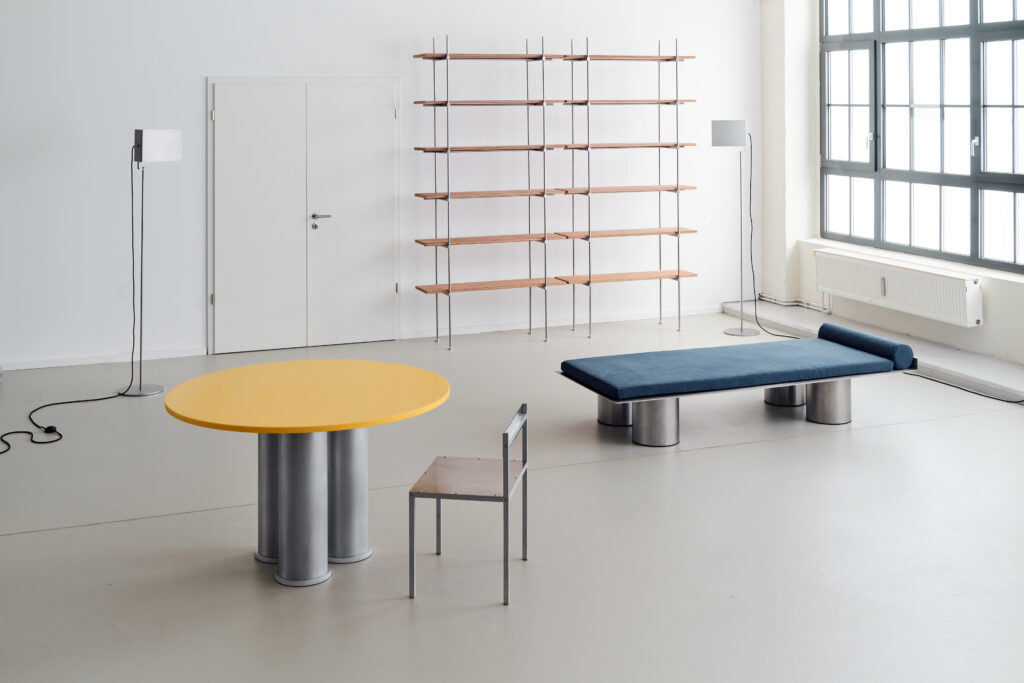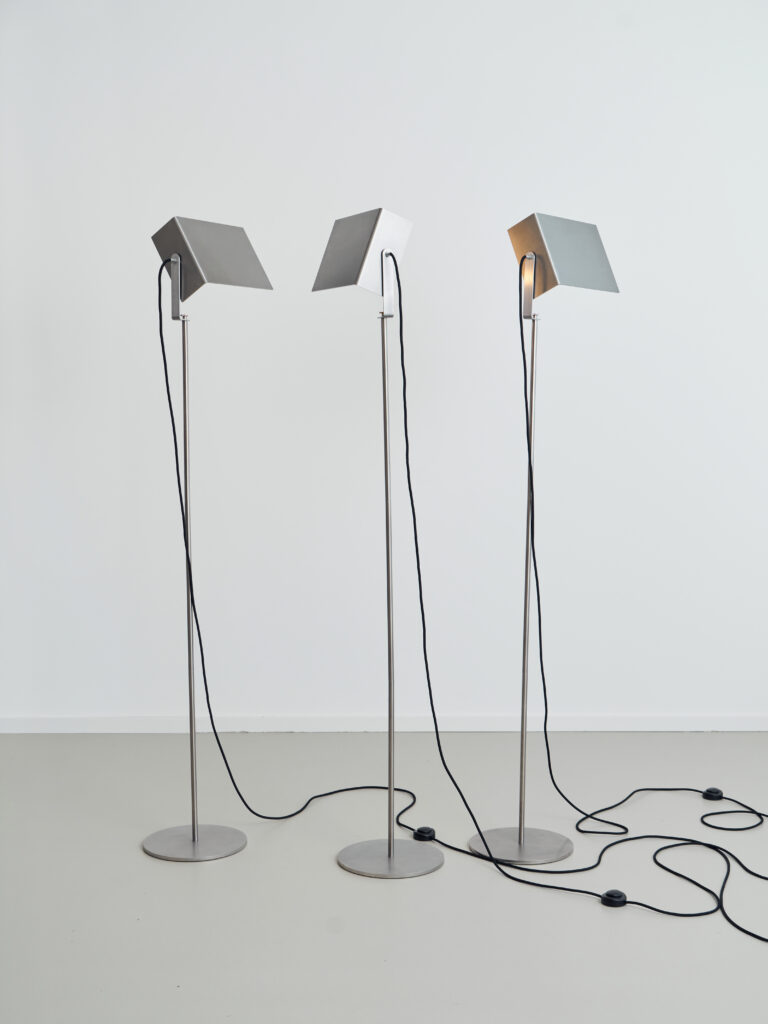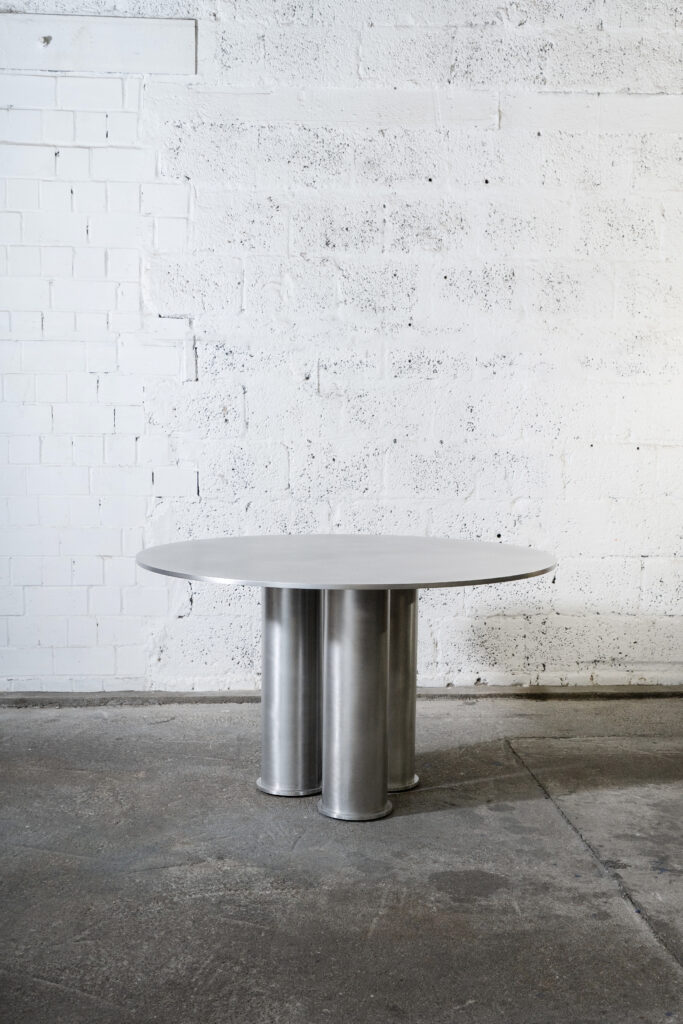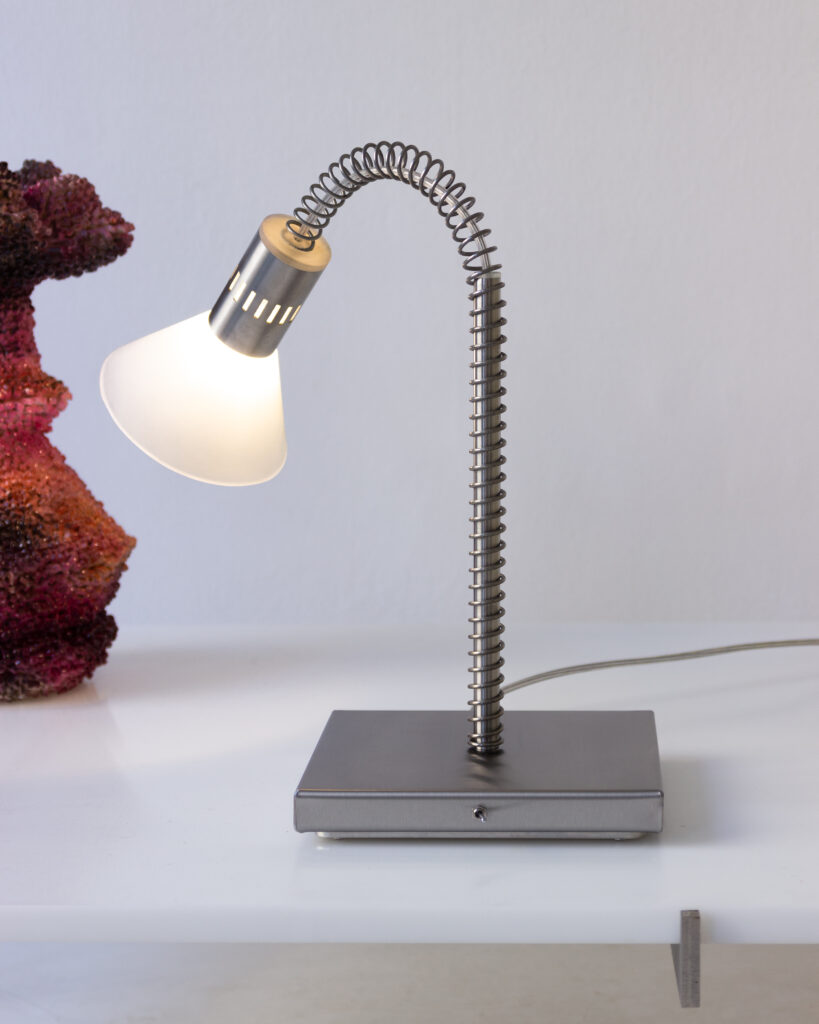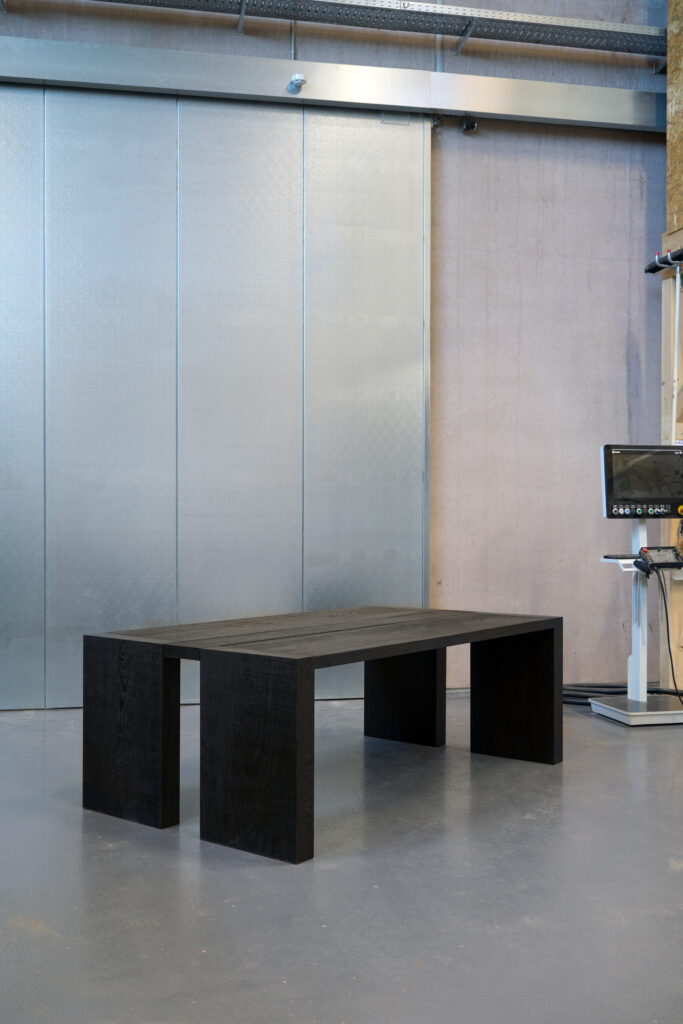
Brazilian Architecture: A Poetic Exploration with Marcio Kogan
Architect Marcio Kogan, a native of São Paulo, brings a fresh perspective to Brazilian modernist principles through his minimalist design approach. Established by Kogan in the early 80s, Studio MK27 has emerged as a prominent player in contemporary Brazilian architecture. Situated in the vibrant atmosphere of São Paulo, the studio seamlessly integrates traditional building techniques with innovative design concepts, providing refined and elegant solutions. Kogan’s remarkable achievements extend to his status as an honorary member of the AIA, his role as a professor at Escola da Cidade, and his recognition among Brazil’s top 100 influential individuals.
Marcio Kogan, your accolades are as impressive as they are extensive. From being an honorary member of the AIA to your contributions to esteemed institutions like Politecnico di Milano and MASP. Could you share shortly with us the journey of Studio MK27 from its inception to its current stature?
It’s been practically a lifetime dedicated to architecture and a body of work built slowly and consistently, with the help of an excellent team.
The studio was founded in the early 80s, right after my graduation, and turned into a collaborative practice in the beginning of the 2000s and today is composed of 60 collaborators internally. Since 2010, Studio MK27 has constantly grown and globalised its activities, creating a larger and more diverse group of consultants and partners around the globe. The team members are great admirers of the Brazilian modernism generation and seek to fulfil the task of rethinking and giving continuity to this iconic architectural movement.
I like to think that Studio MK27’s architecture represents attention to detail – we give the same importance to a master plan as we do to a doorknob – and the effort to create a flawless architecture. This quest for perfection fascinates me.
If you had to describe Brazilian architecture with a poem, what would it be?
Instead of a poem about Brazilian architecture, I will choose a phrase from a Brazilian architect, Oscar Niemeyer, which is my motto: life is more important than architecture.
Speaking of poetry, we were fascinated by Casa Azul. What were the main challenges in designing the house amidst the lush and protected nature of Serra do Guararu?
Because Serra do Guaruru is an environmentally protected area, there was a tight delimitation of where the house could be deployed. This demand led the architecture to raise the house on pilotis, generating a 12-meter span and with 3 meters cantilever.
The newly configured terrace became the main social and leisure area of the house. Also, by raising the house, the living area could linger amidst the treetops and enjoy the sea view. I visited this house last week, and I was happy to confirm that it’s still one of my favorites.






Could you provide further insights into the Casa Na Mata project, which appears to be another compelling case study? Looking forward, how do you envision the relationship between architecture and nature evolving in future projects, considering the success of this organic integration in the current design?
The Jungle House clients, a couple with four kids, wanted a house to be used on weekends and holidays, as the plot is located on Sao Paulo state’s coast. They also wanted a nice social space to gather friends and family. The site is in a rainforest region and has a mountainous topography with dense vegetation, the idea was to insert the house into the landscape as unobtrusive as possible while maintaining the connection to the existing vegetation surrounding it and allowing for the sea view.
The placement of the house, in between trees and in such topography was a great challenge, but what at first appeared to be a limitation, actually, prompted us to seek a bolder and more creative architectural solution. In that sense, nature never limits us, it always drives us. We always seek to give maximum importance to the site. How to get the maximum feeling from the space? How to extremely integrate the landscape? How to be delicate with which surrounds us? These are constant concerns of our team.






What makes C+C House unique, and what motivated the choice to integrate revolving windows into the facade design as a significant feature?
The C+C house is one of our urban houses, and as São Paulo is a very dense city, the plots are mostly narrow, so we need to get creative when developing the architecture. No matter the size of the plot, there is a constant search for enlargement of spaces.
In this house, the upper volume appears to float, supported by a linear wall that extends throughout the plot, connecting all living areas. A white-painted mashrabiya makes up the freestanding façade system, with pivoting windows that are totally imperceptible when closed. It also works as a light filter, allowing for a controlled transparency. These camouflaged openings balance the notions of empty and full. The entire project revolves around this dilution of limits between the interior and exterior, creating an intense and spatial dynamic.






What aspects of working on private homes have fascinated you the most?
When I graduated I wanted to work with social housing, which was challenging, because they are mostly governmental projects, and here in Brazil everything was poorly made, with no desire to do better. I ended up migrating by coincidence to the opposite side, extremely luxurious houses, which gave me the possibility of doing something that I really like, deep detailed, and the possibility of doing everything with perfection, from the architecture to the interiors, from the large to the small scale, and sometimes, even contributing to the house’s soundtrack.
Marcio Kogan, your contributions extend beyond design practice to academia, where you inspire future generations of architects. How do you see this mentorship aspect influencing the studio’s legacy?
For me it is very clear that teaching is a two-way street. Every time I go to workshops in Mantova, Italy, the mission is to teach, but end up learning just as much.
What are the challenges and opportunities faced by young architects in Brazil today, and how do socio-political factors influence their work?
São Paulo is currently undergoing a huge transformation due to an enormous boom in civil construction, and this unrestrained onrush upon the city profoundly disturbs me. The restaurant where we used to have lunch near Studio MK27 was demolished so that a building could be raised. And so was the bakery, the café and the florist’s, which means the destruction of what I hold dearest in my neighbourhood. Everything is disappearing. On the one hand, we have a lot of work ahead of us, but on the other, the city’s history is fading.
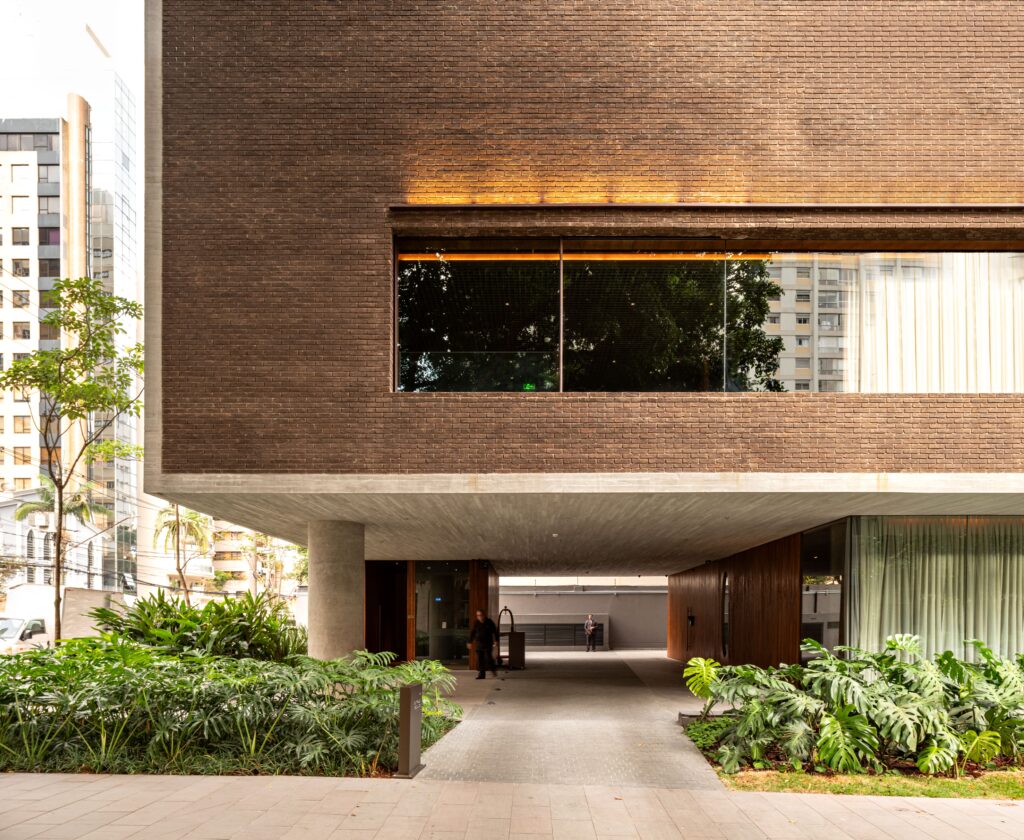





The ethos of Studio MK27 is deeply rooted in formal simplicity and meticulous attention to detail. How do these principles translate into your approach towards sustainability and environmental consciousness in architectural design?
We are always pursuing sustainability goals. For us, sustainability reflects a cultural deepening, an improvement of values and an understanding of our performance in space – the environment itself.
In order of appearance
- Blue House (Casa Azul), Guarujá, São Paulo, Brazil. 2015-2020. Architecture Studio MK27. Architect Marcio Kogan. Co-Architect Samanta Cafardo. Interior Design Diana Radomysler. Photography by André Scarpa. Courtesy of Studio MK27.
- Jungle House (Casa Na Mata), Guarujá, São Paulo, Brazil. 2009-2015. Architecture Studio MK27. Architect Marcio Kogan. Co-Architect Samanta Cafardo. Interior Design Diana Radomysler. Project team Carlos Costa, Eline Ostyn, Laura Guedes, Oswaldo Pessano, Fernanda Neiva, Mariana Simas and Ricardo Ariza. Photography by Fernando Guerra. Courtesy of Studio MK27.
- C+C House (Casa C+C), São Paulo, Brazil. 2011-2015. Architecture Studio MK27. Architect Marcio Kogan. Co-Architect Samanta Cafardo. Interior Design Diana Radomysler. Project team Carlos Costa, Eline Ostyn, Laura Guedes, Mariana Simas and Ricardo Ariza. Photography by Fernando Guerra. Courtesy of Studio MK27.
- Hotel Fasano Itaim, São Paulo, Brazil. 2018-2023. Architecture and interiors Studio MK27. Architects Marcio Kogan and Diana Radomysler. Co-architect Luciana Antunes. Project team André Sumida, Carolina Klocker, Giovanni Meirelles, Gustavo Ramos, Letícia Lacerda, Luísa Vicentini, Oswaldo Pessano, Regiane Leão, Renato Périgo and Ricardo Ariza. Photography by Fran Parente. Courtesy of Studio MK27.














































































